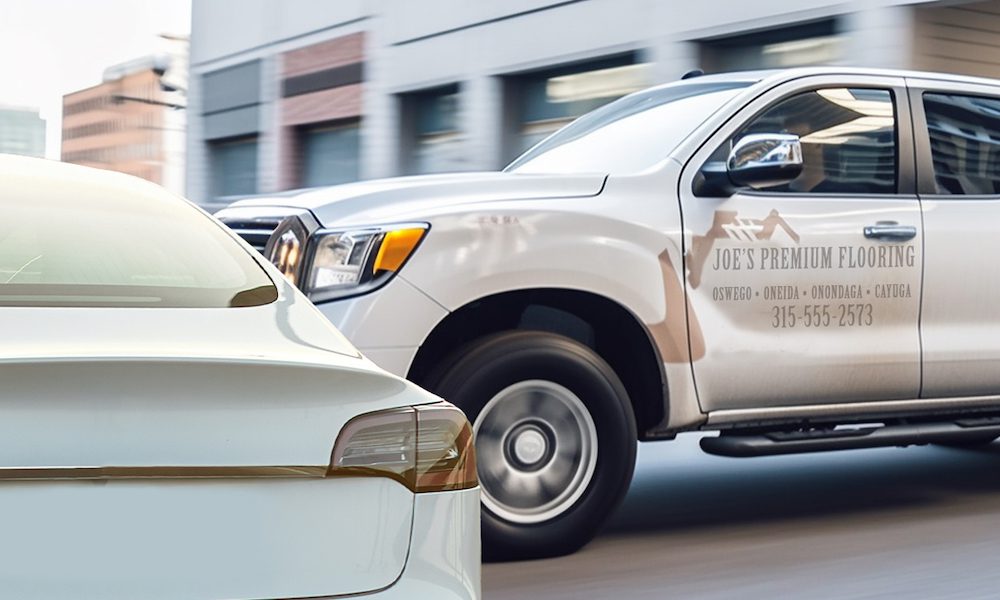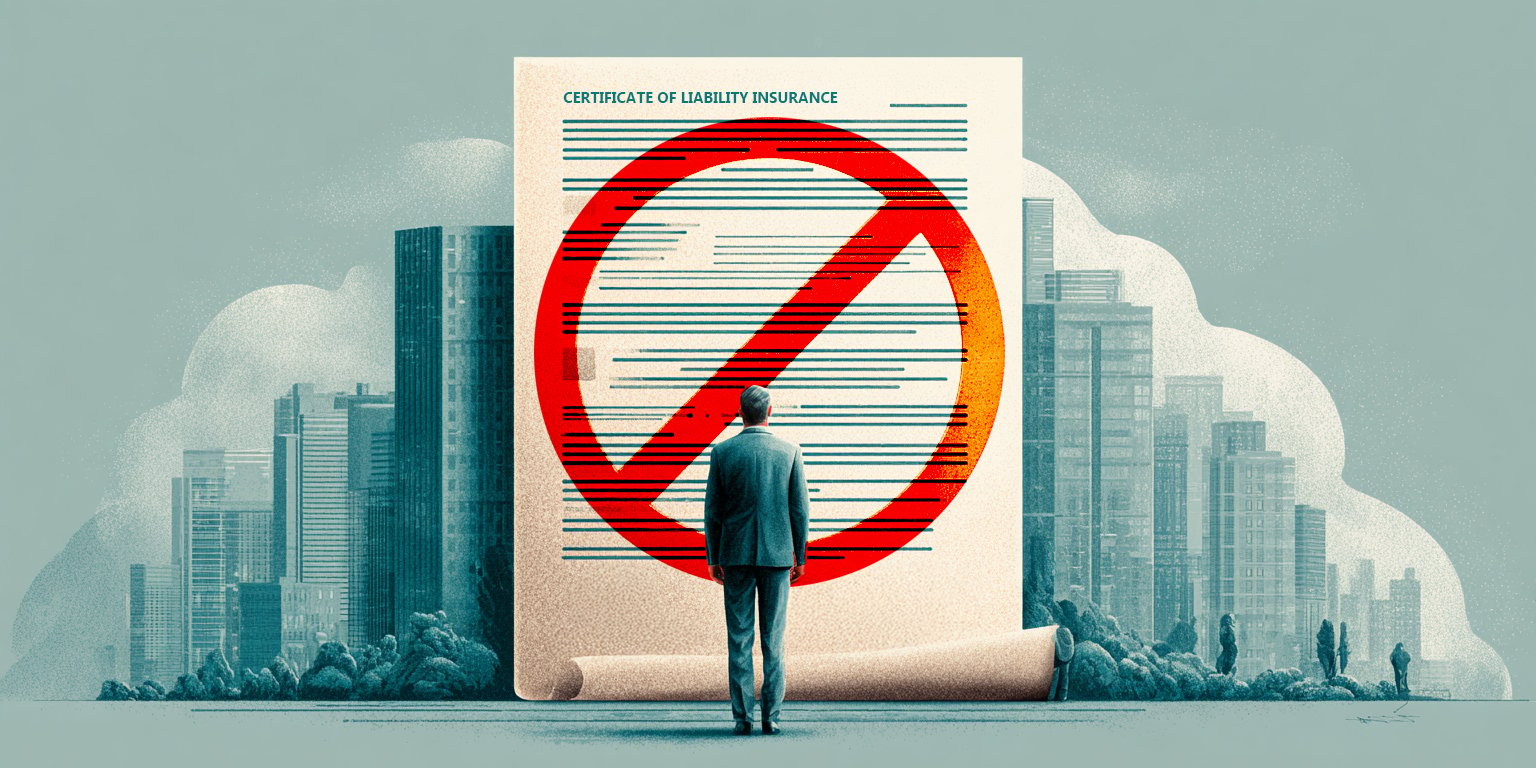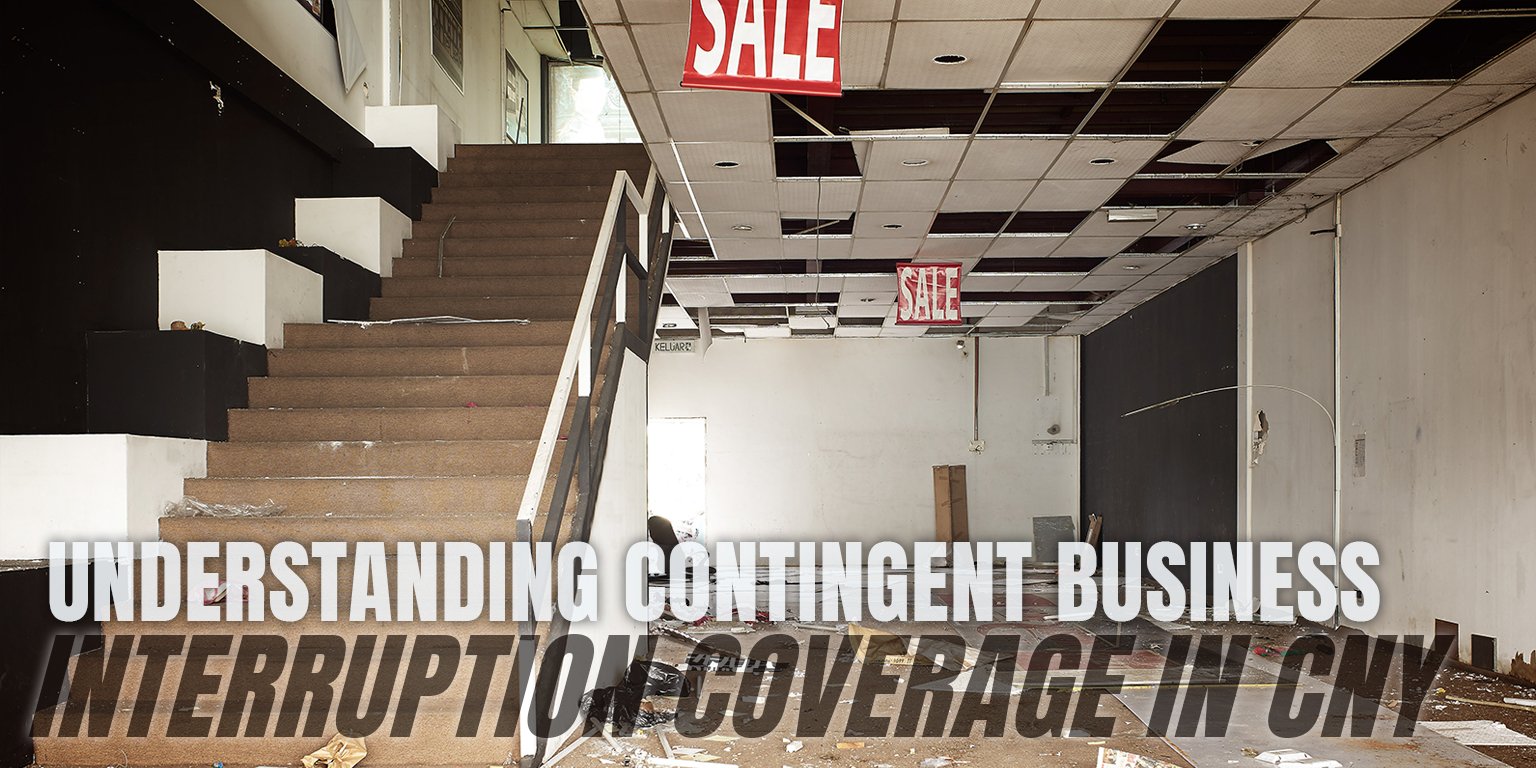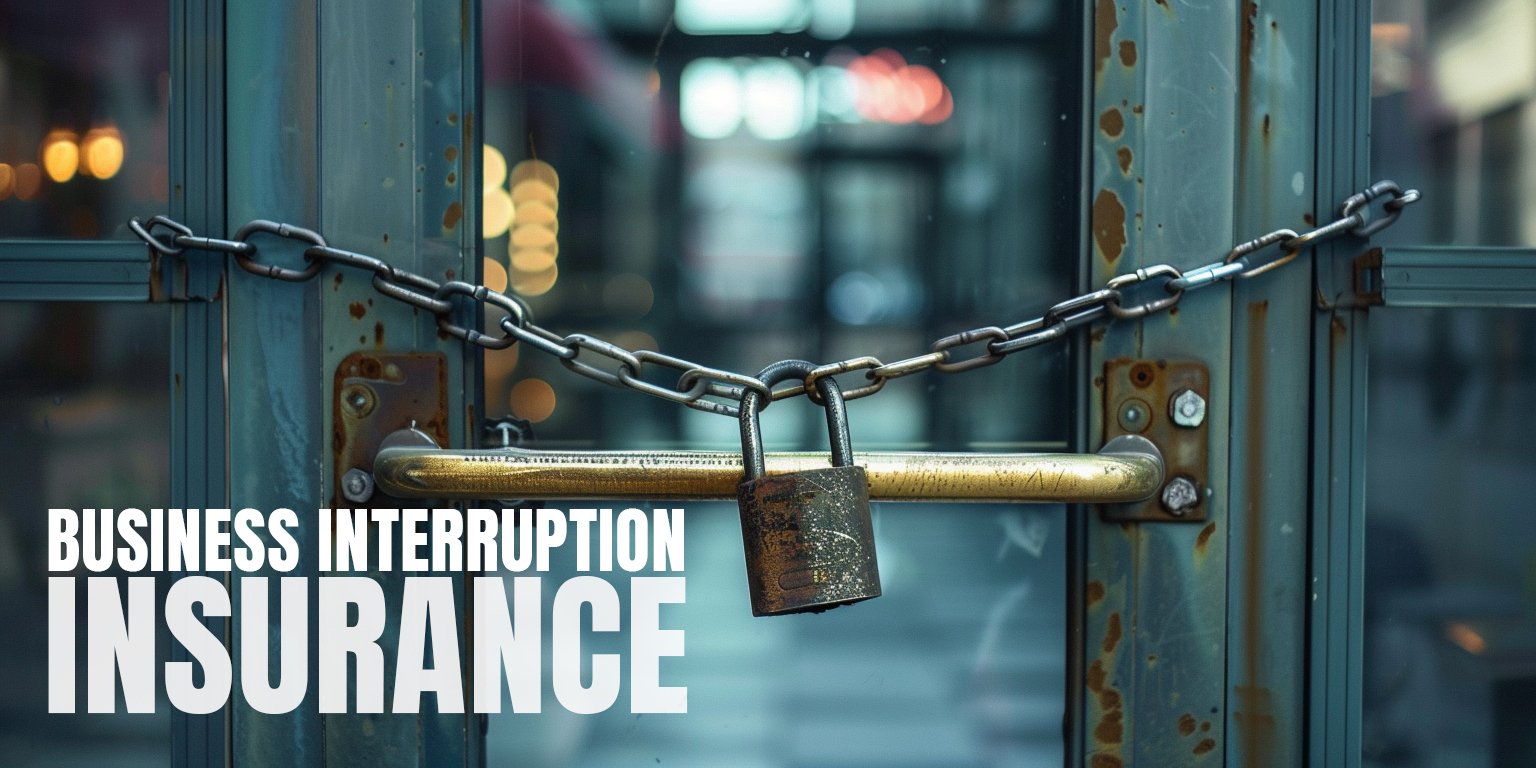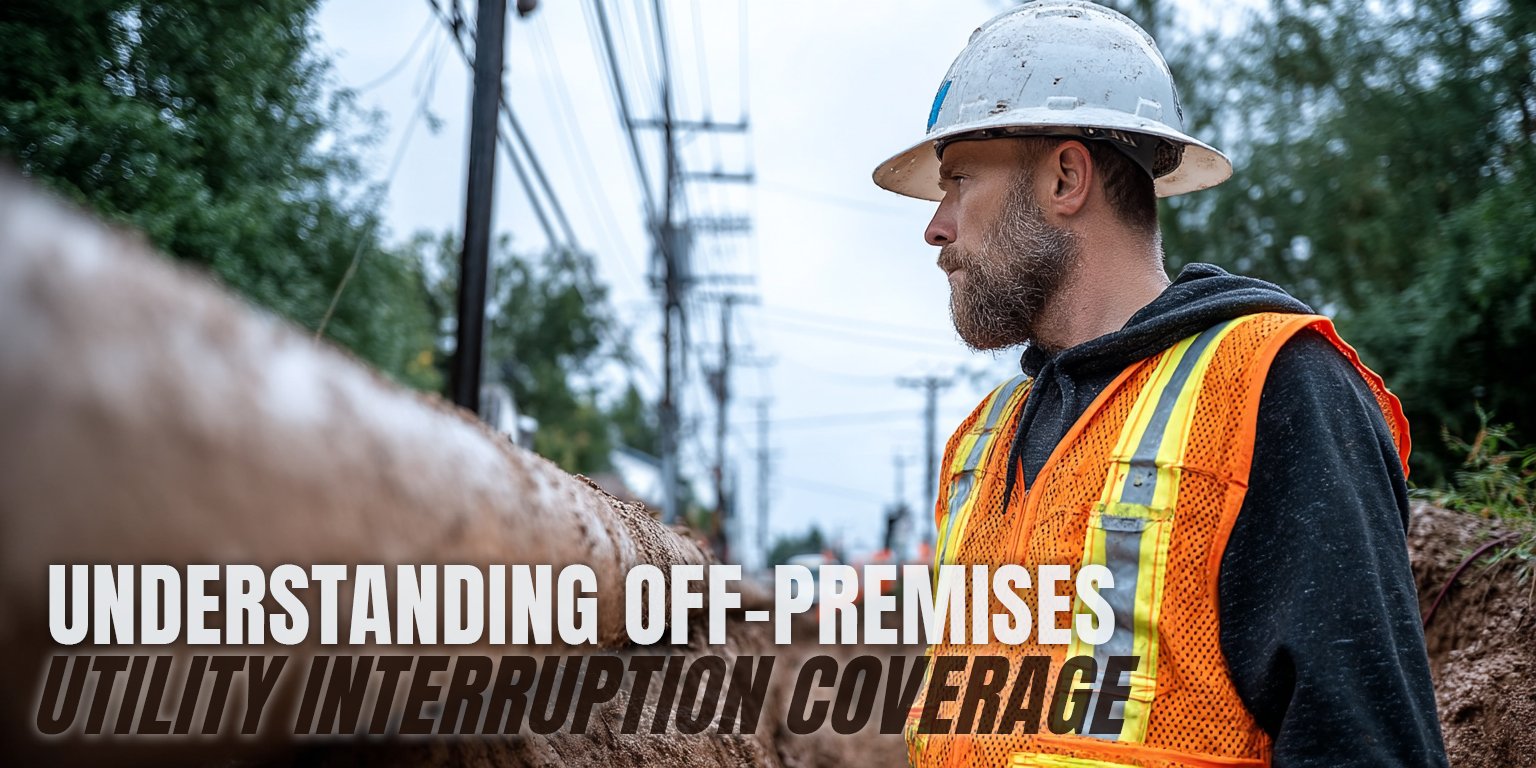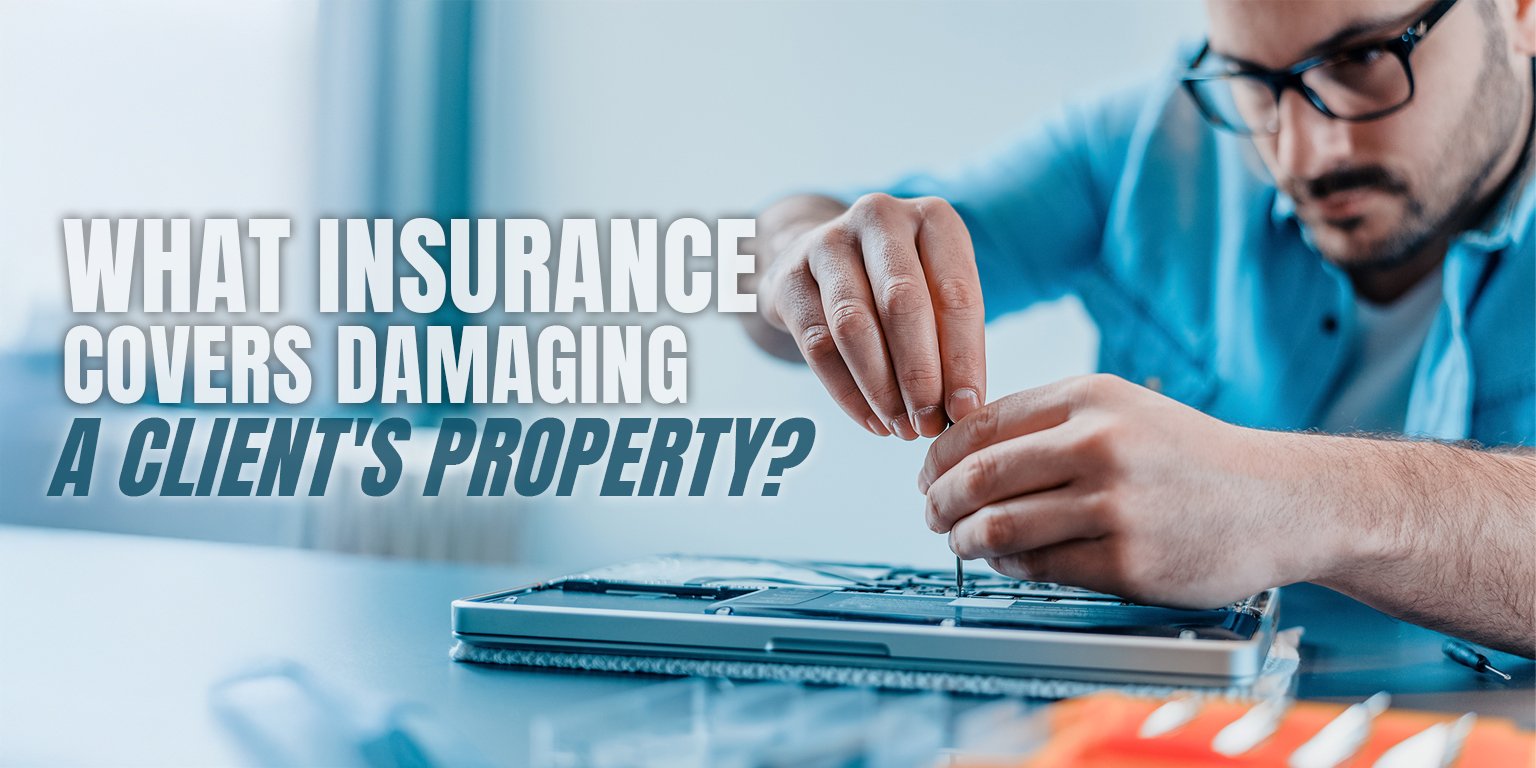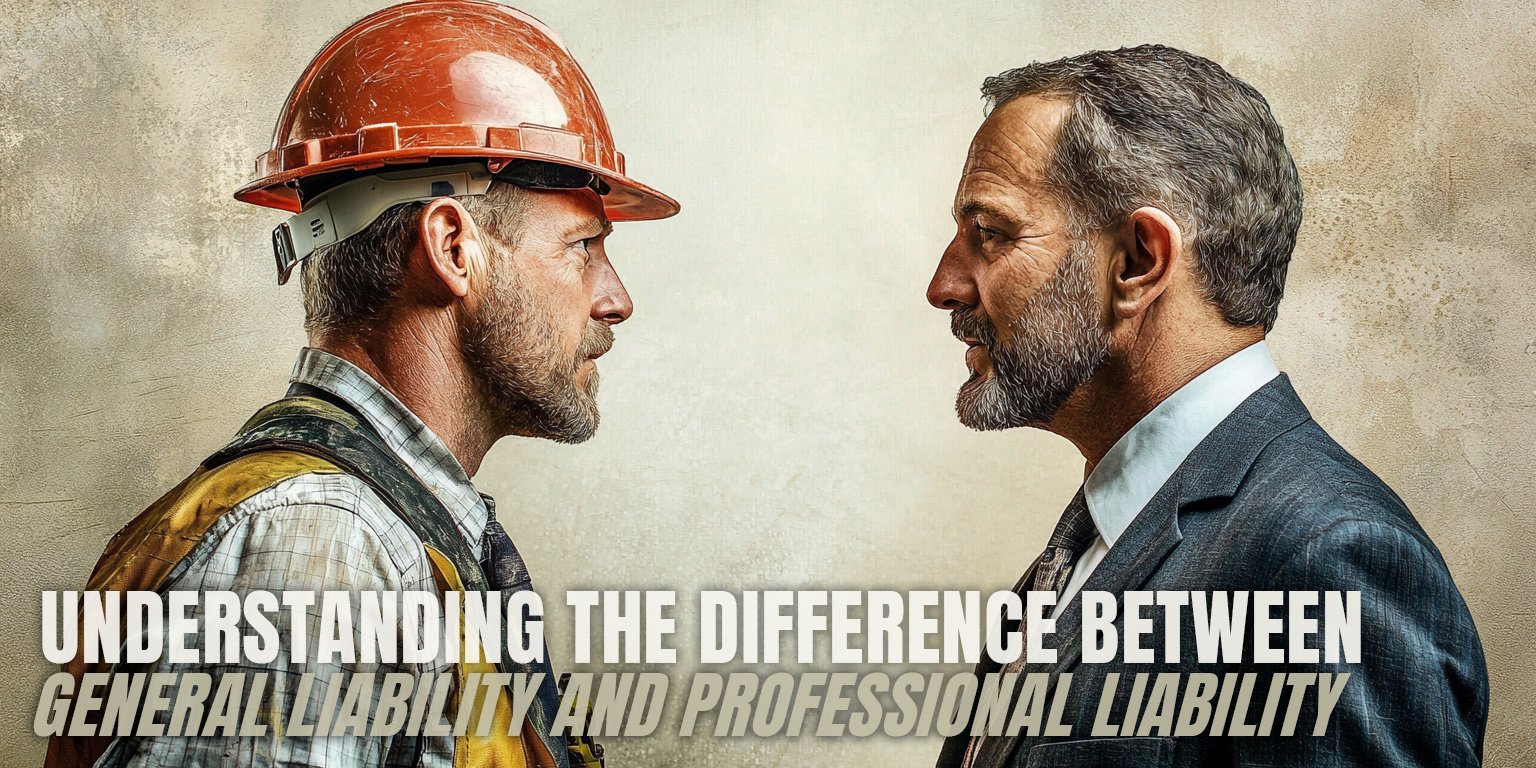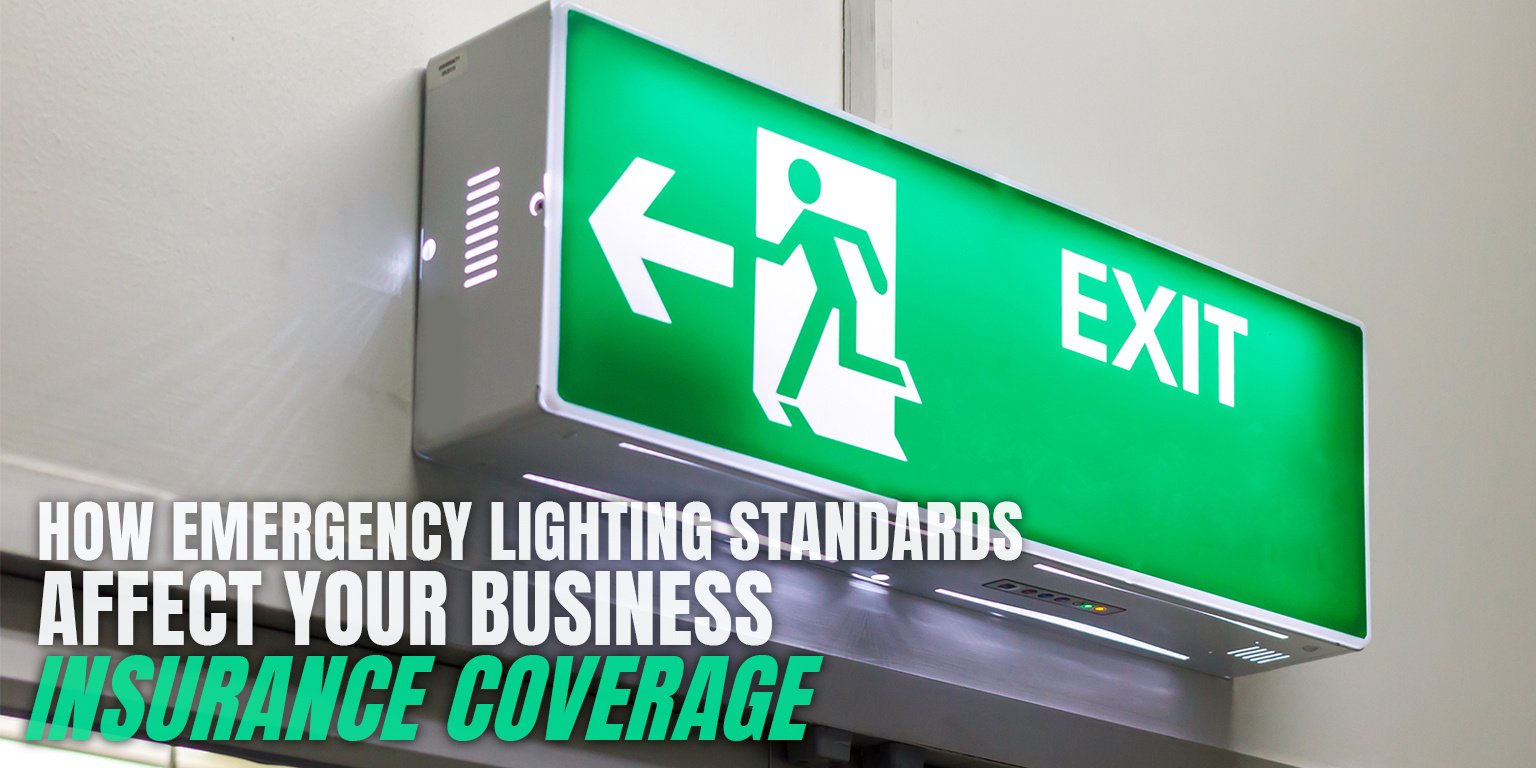Why Insuring a Building for Actual Cash Value Isn't Cheaper
February 21st, 2025
2 min read

You've worked hard to acquire your commercial property. When looking at your insurance costs, it's natural to explore ways to reduce your premium while maintaining adequate coverage.
Many building owners consider insuring for actual cash value (ACV) instead of replacement cost, believing this choice will reduce their expenses. However, this decision often leads to unexpected complications and costs that could affect your business.
At the Horan insurance agency, we communicate regularly with multiple carriers about insurance valuations across Central New York. As an independent agency, we share information about these relationships while discussing coverage options for your insurance requirements.
In this article, we'll explore how ACV coverage works, why it often costs more than expected, and what factors to consider when choosing between ACV and replacement cost coverage for your Central New York property.
How Commercial Property Insurance Valuations Impact Your Coverage
Property owners typically have two main choices when insuring their buildings:
- Replacement cost coverage: Pays to replace damaged property with new materials of similar kind and quality
- Actual cash value coverage: Pays the depreciated value of the damaged property
When presented with a replacement cost value of $1.9 million for their building, some owners consider choosing ACV. Their reasoning might be: "I wouldn't rebuild the exact same structure if it were destroyed. I might use different materials or build a smaller footprint."
Learn the difference between replacement cost and actual cash value coverage.
The Hidden Costs Behind Actual Cash Value Coverage
The relationship between ACV coverage and premium savings isn't as straightforward as it appears. Here's why:
Why Determining Depreciated Value Creates Complexity
Calculating a building's actual cash value involves more variables than simple math. While formulas exist for determining depreciation, disagreements often arise about the true ACV of a property. These disputes can lead to:
- Additional mediation processes
- Extended research requirements
- Direct cash settlements that limit flexibility
How Partial Losses Affect Your Property Coverage
Consider this local scenario: A kitchen fire in your Syracuse restaurant causes $75,000 in replacement cost damage. The ACV of the damaged items is $52,000. With replacement cost coverage, the insurance carrier can:
- Work directly with local contractors
- Negotiate material and labor costs to reasonable market rates
- Ensure quality repairs while managing excessive contractor charges
- Control the actual repair expenses
With ACV coverage, the carrier must write a check for the depreciated amount without the ability to manage the repair process.
Learn what happens after a partial loss if you: Want to Skip the Repairs and Keep the Insurance Money? Not So Fast.
When ACV Coverage Aligns with Your Property Insurance Goals
Despite these considerations, some situations align well with ACV coverage. This approach offers flexibility in how much insurance to carry relative to the property's value. While replacement cost coverage typically requires insuring to at least 80% of value, ACV policies often allow you to insure for as little as 60% of the actual cash value while still maintaining coverage for partial losses.
This flexibility can work well for:
- Older buildings where full replacement cost coverage may not fit your plans
- Properties where you want more control over potential claim settlements
- Situations where carriers prefer to write coverage on a dwelling fire form
However, recent improvements affect ACV calculations. If you've just installed a new roof or renovated part of the building, those components have little to no depreciation—meaning the carrier pays close to full replacement cost for newly improved areas regardless of policy type.
Make Informed Decisions About Your Property Insurance Valuation
Choosing between ACV and replacement cost coverage affects more than just your premium—it impacts how your property insurance responds when you need it most. Your current valuation choice shapes your options after a loss occurs.
As an independent insurance agency in Central New York, we work with multiple carriers and can share information about property insurance valuations. We're here to discuss these coverage options while reviewing solutions for your insurance requirements.
Click the Get a Quote button below to learn about property insurance options from a local agency familiar with Central New York market conditions.
Daniel is an accomplished content creator. He has been working in publishing for almost two decades. Horan Companies hired Daniel as its content manager in November 2022. The agency entrusted its messaging to him. Since then, Daniel has written insurance articles, service pages, PDF guides, and more. All in an effort to educate CNY readers. He's helping them understand the world of insurance so they can make informed decisions.
Topics:















